
PREV ARTICLE
NEXT ARTICLE
FULL ISSUE
PREV FULL ISSUE
OBVERSE OR REVERSE?Last week's article by Dennis Tucker of Whitman Publishing on the new edition of A Guide Book of United States Type Coins by Dave Bowers mentions the internal Whitman Style Guide. -Editor Dennis wrote: I remember well the many conversations we had on what constitutes a "type" versus a "subtype" or "variety." Nomenclature wasn't completely standardized within the hobby community. (It still isn't, today.) Was the Braided Hair large cent properly divided into the Young Head and Matron Head types? Was the half cent of 1840 to 1857 the Coronet type, or the Braided Hair type? Did Christian Gobrecht's nineteenth-century silver coins show "Seated Liberty" or "Liberty Seated"? Some writers referred to Franklin half dollars as the "Franklin Head" type. Should trade dollar be capitalized or not? Much of this terminology had long been standardized within the Red Book and the Blue Book, but Dave Bowers's study and classification of coin types for his new book revealed opportunities for clarification and, in some cases, change. All of this discussion was very useful because we were also organizing a comprehensive new "Whitman Style Guide" to apply across the width and breadth of all the company's books, folders, albums, and other hobby products. For reference, here are the coin images from the previous article. -Editor 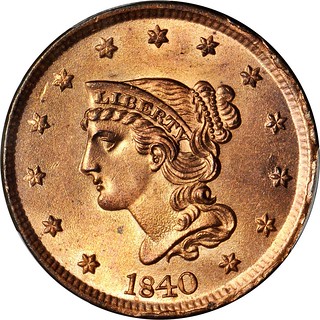 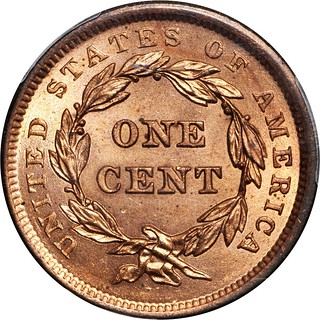 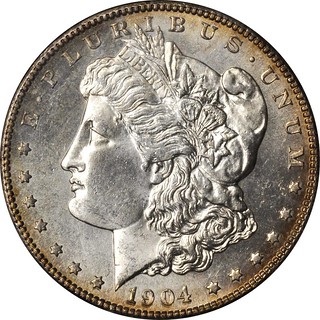  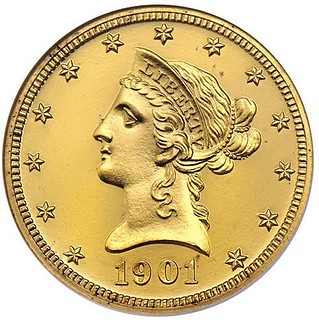 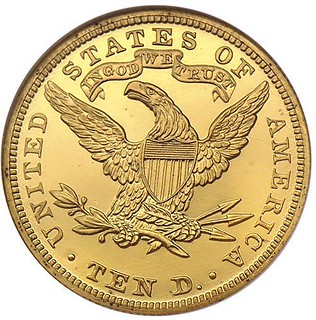 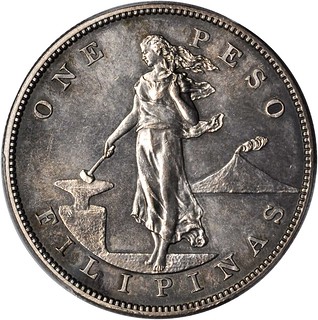  I asked: What exactly is the definition of obverse and reverse? Three of the illustrated coins have the denomination, eagle and country on the reverse, and the date on the obverse. But the Philippine peso is different - the denomination and country are on the obverse and the date is on the reverse. I know this is never easy, but how does your guide parse the Philippine coin? Here's a thoughtful response from Dennis. Thanks! -Editor Great question, and I don't have a tidy answer! US/Philippine coins have been featured in the Red Book since 1960. They've always been cataloged therein with the FILIPINAS side (as opposed to the UNITED STATES OF AMERICA side) set as the obverse. Of course, longstanding tradition alone isn't enough reason for "the ways things are done" in the Red Book, although it does carry some weight. (As we bibliomaniacs know, the Red Book has its share of peccadilloes; we constantly get letters and emails about "Why is this British token included in a book on U.S. coins?!" and sometimes the answer is simply, "That's what the hobby community has come to collect and regard as ‘American' over the past 150 years.") Regarding the USPI coins: I would have to check the legislation and early Mint/Treasury records to see if there was any official designation of which side was which. That might have been Yeoman's guide from the start, and I don't recall offhand (not that I was around back then!) if any reasoning was ever documented. Interestingly, I had a conversation with QDB and some other folks this week about whether USPI coins should be considered "foreign coins struck by the United States." A great topic, and one that will probably never have any tidy answers. The world of numismatics is complex, as is the larger world around it. But to the extent that humans can bring some sense of order to the world, it helps our understanding and communication about the issues. Classification systems are a worthy endeavor and goal even if a perfect end state is likely unobtainable. They help us ask the right questions, and that's the first step in finding answers. Thanks, Dennis. This discussion has been about U.S. coins, and more specifically about how they are described in the Whitman family of publications. I haven't researched other definitions of the terms 'obverse' and 'reverse'. That would be an interesting study, and I'm sure usage has shifted at least somewhat over time. How do other numismatic publishers address this question today? -Editor To read the earlier E-Sylum article, see:
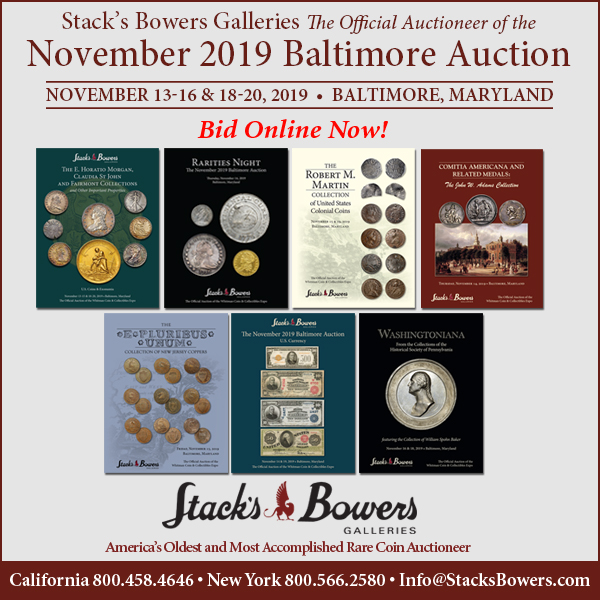 Wayne Homren, Editor The Numismatic Bibliomania Society is a non-profit organization promoting numismatic literature. See our web site at coinbooks.org. To submit items for publication in The E-Sylum, write to the Editor at this address: whomren@gmail.com To subscribe go to: https://my.binhost.com/lists/listinfo/esylum All Rights Reserved. NBS Home Page Contact the NBS webmaster 
|